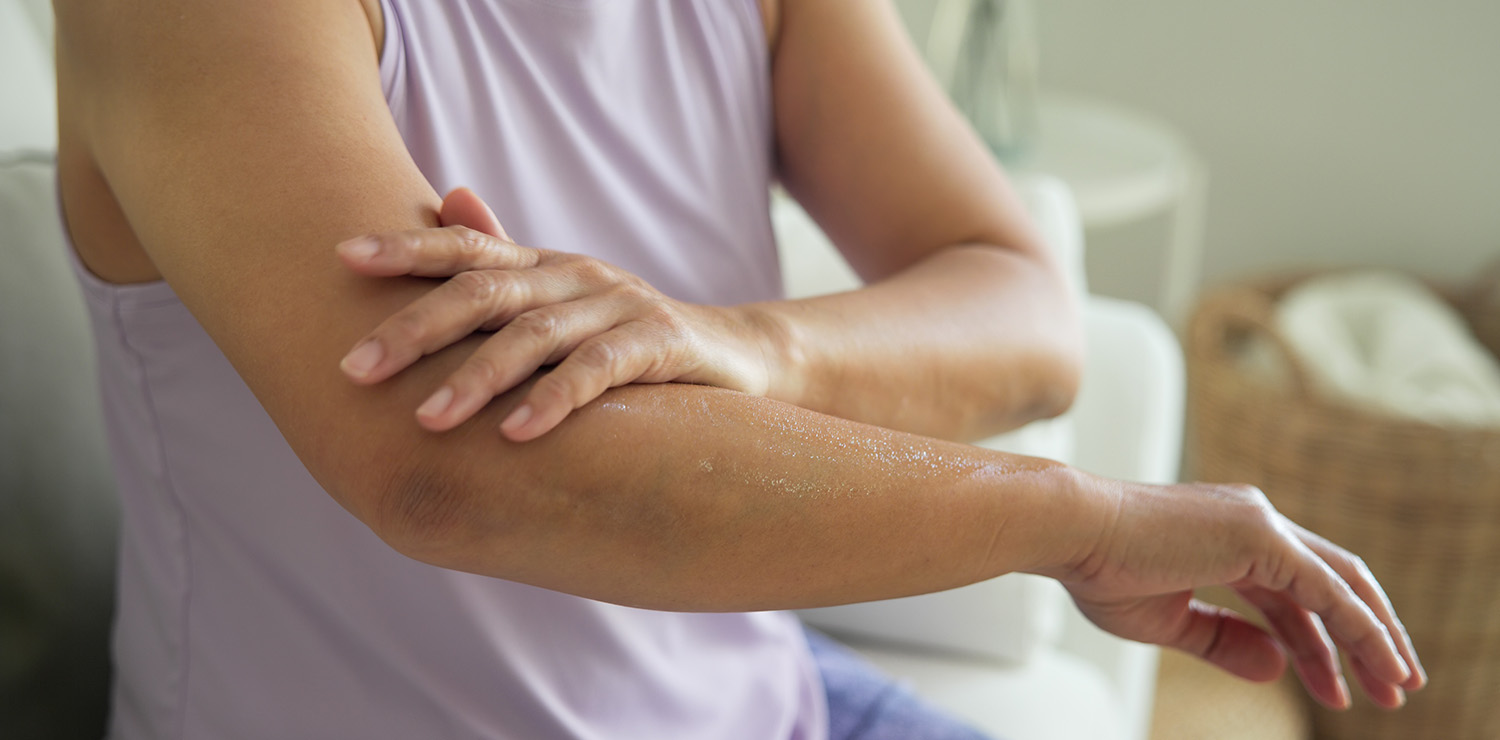Living with Parkinson’s disease presents unique challenges, but self care strategies can offer significant comfort and improvement without relying solely on medication. As we explore various natural remedies for Parkinson’s, it becomes clear that a holistic approach can complement traditional treatments and enhance overall well being.
From dietary changes to exercise routines, these self care practices empower individuals to take control of their health and improve their quality of life. In this article, we’ll discuss practical tips and strategies for Parkinson’s disease treatment and self care, helping you craft a personalized Parkinson’s Plan that fits seamlessly into your daily routine.
Whether you’re a patient or a caregiver, these insights aim to provide supportive and confident guidance on the path to feeling better naturally.
Symptoms and Diagnosis
Parkinson’s disease primarily affects movement, resulting in noticeable symptoms such as tremors, stiffness, and bradykinesia (slowness of movement). While these are common indicators, the disease can also cause non motor symptoms like sleep disturbances, mood changes, and cognitive impairment.
Diagnosing Parkinson’s disease involves a combination of:
- medical history
- neurological examinations
- ruling out other conditions.
Doctors typically look for at least two of the three primary motor symptoms before confirming a diagnosis.
Regular check ups and open communication with your healthcare provider help monitor progression and adjust treatment plans as needed.
The precise cause of Parkinson’s disease remains unknown, but it’s believed to result from a combination of genetic and environmental factors.
- Genetics can play a role, with certain mutations increasing susceptibility among family members.
- Environmental exposures, including pesticides and heavy metals, are known to contribute to Parkinson’s disease, although the extent of their impact can vary.
- Age is another significant risk factor, as the condition typically affects older adults.
Non Medical Approaches to Self Care
Non medical approaches to self care can significantly enhance the quality of life for those living with Parkinson’s disease. These strategies focus on empowering individuals to manage symptoms through lifestyle adjustments.
Exercise and Movement Strategies
Exercise is a cornerstone of Parkinson’s self care, offering both physical and mental health benefits. Regular physical activity can improve balance, flexibility, and strength, helping to mitigate some of the motor symptoms.

- Choose activities that you enjoy, such as walking, swimming, or dancing. These can be adapted to varying levels of ability and preference.
- Incorporate strength training and stretching into your routine to maintain muscle tone and flexibility.
- Consider working with a physical therapist to design a personalized exercise plan that addresses specific needs and goals.
Group classes or exercise buddies can provide motivation and social support.
Diet and Nutrition Tips
A balanced diet plays a vital role in managing Parkinson’s disease. Proper nutrition supports overall health and may help control symptoms.
- Include a variety of vegetables, healthy fats and proteins in your meals. These foods offer essential nutrients and antioxidants.
- Limit processed foods and sugar, which can negatively affect overall health and exacerbate symptoms.
- Stay hydrated, and consider consulting a dietitian to tailor a diet plan that meets your specific needs.
Meal planning and mindful eating can help maintain a healthy weight and energy levels, contributing to better symptom management.
Mindfulness and Meditation Techniques
Mindfulness and meditation can help manage the emotional and psychological aspects of Parkinson’s disease. These practices encourage relaxation and stress reduction, improving mental well being.
Start with short, daily meditation sessions, focusing on your breath and being present in the moment.
Explore guided mindfulness practices through apps or online resources to find techniques that resonate with you.
Engaging in mindfulness activities can enhance emotional resilience, helping you cope with the challenges associated with Parkinson’s. Incorporating mindfulness into your daily routine fosters a sense of calm and balance, benefiting both mind and body.
Exploring Natural Remedies
Natural remedies can complement traditional Parkinson’s disease treatments, offering additional options for symptom management. While not a substitute for medical care, they provide a holistic approach to well being.
Herbal Supplements and Their Benefits
Herbal supplements have been explored for their potential benefits in managing Parkinson’s symptoms. Some commonly used herbs include ginko biloba, boswellia, turmeric, and green tea, known for their anti inflammatory and antioxidant properties.
Before introducing any supplements, consult with a healthcare professional to ensure they are safe and appropriate for your condition.
Some supplements may interact with medications, so it’s important to consider possible side effects and contraindications.
Homeopathic Treatments for Parkinson’s
Homeopathy offers an alternative approach to managing Parkinson’s symptoms. This practice involves using highly diluted substances to stimulate the body’s healing response.
Consult with a qualified homeopath experienced in treating Parkinson’s disease to explore potential remedies tailored to your specific symptoms and needs.
Homeopathy is highly individualized, and treatment plans vary from person to person.
While scientific evidence on homeopathy’s effectiveness in treating Parkinson’s is limited, some individuals report improvements in specific symptoms. Combining homeopathic treatments with traditional care may offer additional support.
Aromatherapy and Essential Oils
Aromatherapy utilizes essential oils to promote relaxation and well being, which can be beneficial for those with Parkinson’s disease.
Popular choices for their calming and invigorating effects include:
- lavender
- peppermint
- eucalyptus
Use essential oils safely by diluting them with a carrier oil and applying them topically or using an oil diffuser to enjoy their aromatic benefits.
Aromatherapy can complement other self care practices, helping reduce stress and improve mood.
Lifestyle Changes for Better Living
Adopting lifestyle changes can significantly impact life with Parkinson’s disease, improving overall health and well being. These changes focus on creating a supportive environment and reducing stress.
Building a Supportive Community
A strong support network is essential for those living with Parkinson’s disease. Connecting with others provides emotional support and practical assistance.
Join local or online support groups to share experiences, gain insights, and offer encouragement to others facing similar challenges.
Involve family and friends in your care plan, ensuring they understand your needs and can provide assistance when necessary.
Building a supportive community fosters a sense of belonging and helps manage the emotional and physical demands of the disease.
Creating a Daily Routine
Establishing a daily routine helps manage Parkinson’s symptoms and provides structure and predictability.
Create a schedule that includes time for the following activities:
- exercise
- meals
- rest
- self care activities
Set realistic goals for each day, breaking tasks into manageable steps to prevent overwhelm. Consistency in daily routines supports better symptom management and promotes a sense of control.
Developing Your Parkinson’s Plan
Developing a personalized Parkinson’s Plan empowers you to take charge of your health and well being. By setting goals and tracking progress, you create a roadmap for managing symptoms and achieving a better quality of life.
Setting Realistic Goals
Setting realistic goals is essential for managing Parkinson’s disease effectively. These goals guide daily activities and ensure that efforts are focused and achievable.
Identify specific areas of improvement, such as physical fitness, diet, or stress management, and set measurable objectives.
Break larger goals into smaller, actionable steps to maintain motivation and track progress.
Acknowledge achievements along the way, celebrating successes and adjusting goals as needed. Realistic goal setting fosters a sense of accomplishment and encourages continued efforts toward better health.
Tracking Progress and Adjustments
Regularly tracking progress allows you to evaluate the effectiveness of your Parkinson’s Plan and make necessary adjustments.
Keep a journal or use a digital app to record daily activities, symptom changes, and goal achievements.
Review your progress periodically to identify patterns, challenges, and areas for improvement.
Adapt your plan as needed, incorporating new strategies or modifying existing ones to better suit your evolving needs. Tracking progress ensures that your efforts remain aligned with your goals and contributes to a more effective self care approach.
Conclusion
Living with Parkinson’s disease can be challenging, but self care offers powerful ways to regain a sense of control and improve daily well being, often without relying solely on medication. From regular exercise and mindful movement to a nourishing diet, stress management, and community support, these small, consistent choices can make a big difference in how you feel.
Remember, everyone’s Parkinson’s journey is unique so listen to your body, celebrate your progress, and work with your healthcare team to find the mix of habits that helps you thrive. With patience, persistence, and self compassion, it’s absolutely possible to feel better and live more fully, one day at a time.
